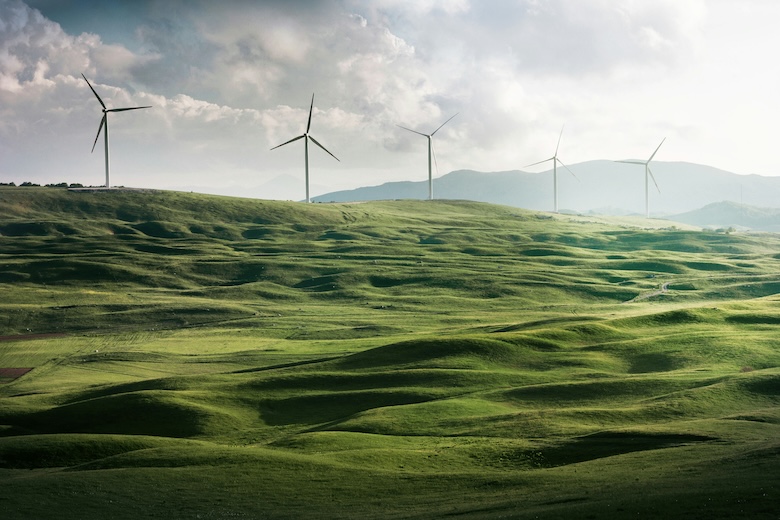
Energy corporations utilize demand forecasting as a tool to make educated choices about their operations, supply chain, financial stability, and other aspects. This approach aids them in anticipating future energy requirements, enhancing the efficiency of generation, transmission, and distribution systems, allocating resources effectively, and boosting customer satisfaction. Power demand is influenced by various elements such as seasonality, temperature fluctuations, geographical location, time of year, economic activities, and pricing strategies. By scrutinizing factors like timing, weather conditions, societal influences, pricing models and historical demand data, these companies can improve their predictive capabilities. Techniques such as analysis of past and present trends, artificial neural networks (ANN), testing analysis methods and collective opinion are employed for power demand forecasting.
Historical data on energy consumption patterns along with weather trends and market information are leveraged by energy companies to make predictions. They employ sophisticated data analytics to discern consumption patterns for accurate prediction. The integration of renewable energy sources poses a unique hurdle for demand forecasting due to their reliance on weather conditions. Collaborative efforts among stakeholders assist in overcoming these forecasting obstacles. Regular monitoring and assessment of forecasting models are crucial for enhancing accuracy.
There are different time horizons associated with demand forecasting: Very Short Term Forecasting (VSTF), Short Term Forecasting (STF), Medium Term Forecasting (MTF), and Long Term Forecasting (LTF). Energy corporations emphasize short-term as well as long-term forecasting to ensure grid resilience while preparing for future expansion. Precise prediction of plant capacity along with fuel consumption is critical for power plants operating in competitive areas. Demand prediction involves understanding consumer behavior along with various factors like weather conditions, pricing strategies and economic indicators.
The use of machine learning techniques coupled with AI methodologies can significantly enhance the process of energy consumption forecasting. Explainable AI techniques offer insights into predictions thereby increasing stakeholder confidence levels. Time series forecasting is a common method used for predicting energy consumption or production by analyzing data at regular intervals to understand its evolution. By consistently enhancing the quality of forecasts using advanced technologies, energy management practices can undergo a revolution.
